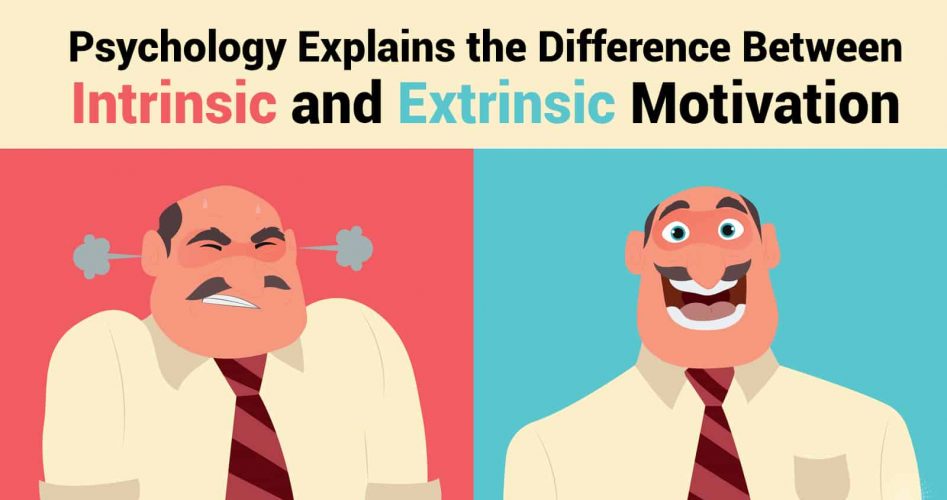What’s the Difference Between UPF vs SPF Protection?
You need to protect your skin and the skin of your family members. Either in the sweltering summer heat or the cool, snowy rays of winter, the sun is a silent danger. But with so many methods of sun protection and ratings on the market, how can you decide which is the best for you?
When it comes down to UPF vs SPF, what is the difference and which is best? We help you decide our quick and handy guide.
What is UPF?
UPF stands for Ultra Violet Protection Factor and is a relatively new sun protection measurement designed for sun protective fabrics. It is a grading system that states how much of the sun’s UV radiation can penetrate fabrics and reach the skin. The UPF standard is still a voluntary measure and may not be found on some products.
UPF is measured on a scale of 15 to 50. The higher the scale number, the less of the sun’s rays can penetrate through the fabric. UPF also takes into account the amount of UVA and UVB rays that can reach the skin, whereas SPF does not.
Do you need more information on quality UPF products? Are you still trying to figure out UPF vs SPF? This UPF guide is handy, informative, and can help protect you and your family starting today.
What is SPF?
SPF is a measurement that stands for Sun Protection Factor. It is based on the amount of time the sun takes to burn your skin. The number given on a bottle is a determining factor in how much time you can stay out after your average burn time.
The higher the value, the more protection it offers. For example, the average person takes 10 to 20 minutes to burn in the sun. A factor 30 SPF sunscreen would allow you to stay out 30 times longer than your normal burn time.
It is recommended that when purchasing a sunscreen SPF 30 is the standard protection factor. A factor of 50 only actually blocks out 1% more of the sun’s rays than a factor 30 and is commonly believed to be falsely advertised.
UPF vs SPF and Which Is Best?
Clothing will always be the best form of protection against the sun. This is for a number of reasons. The first is that by blocking the sun with clothing, particularly UPF fabrics, the harmful rays are further away from the skin and less likely to reach your body.
Another reason is that in daily activity, particularly when traveling or in outdoor pursuits, it can be too easy to forget the reapplication of sunscreen. Sweat from the body, water, and wear on the skin can all remove the protection afforded by lotions.
SPF also fails to measure UVA and UVB rays. UVA is responsible for the aging of the skin while sunburn comes from UVB rays. Both of these are also responsible for skin cancer, so it pays to have a measurement that protects you against these.
How Do I Get More Protection?
So, when looking at UPF vs SPF, how can you ensure you’re protected? One of the best ways to protect your skin is to use a combination of both. A high SPF factor sunscreen such as factor 30 should be combined with quality UPF fabrics and clothing.
Protect your skin today by checking out some of the handy online UPF fabric guides today!





